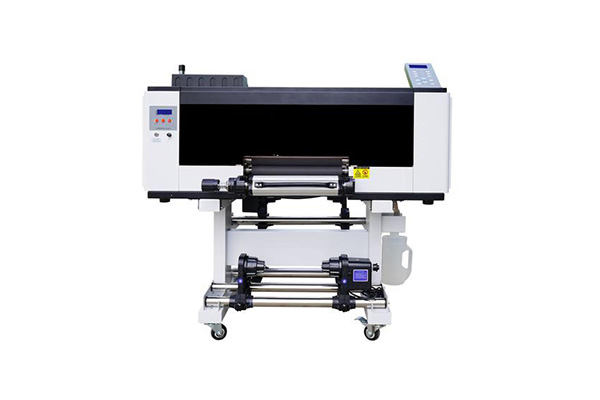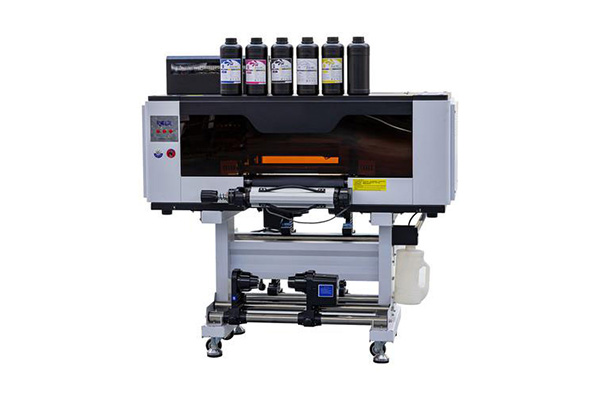In the world of custom printing, two popular technologies have been making waves: DTF printers and UV DTF printers. While both are designed to transfer unique, vibrant designs onto different surfaces, they serve different purposes and have distinct advantages. If you’re looking to invest in printing equipment or simply want to understand the difference, this guide breaks it down for you.

What is a DTF Printer?
DTF (Direct to Film) printing is a process where designs are printed onto a special PET film using DTF inks. The printed film is then coated with hot-melt adhesive powder and cured before being transferred onto fabric using a heat press.
Key Features of DTF Printing:
- Works best on textiles, including cotton, polyester, blends, and dark or light fabrics.
- Produces soft, stretchable, and durable prints.
- Excellent wash resistance.
- More affordable setup compared to UV DTF.
Best for: T-shirt printing, hoodies, tote bags, sportswear, and other garments.

What is a UV DTF Printer?
UV DTF (Ultraviolet Direct to Film) printing is a newer technology that uses UV-curable inks printed directly onto PET film, which is then applied to surfaces using a transfer film. Unlike DTF, it doesn’t require heat to transfer—the adhesive film allows the design to stick.
Key Features of UV DTF Printing:
- Can be applied to hard and smooth surfaces, such as glass, wood, metal, ceramic, plastic, acrylic, and phone cases.
- Produces raised, glossy, and textured prints with a premium look.
- Instant curing with UV light, making the process faster.
- Not suitable for fabrics because the print is rigid.
Best for: Customized mugs, bottles, keychains, laptops, signage, and promotional items.
DTF Printer vs. UV DTF Printer: A Side-by-Side Comparison
| Feature | DTF Printer | UV DTF Printer |
|---|---|---|
| Printing Surface | Fabrics (cotton, polyester, blends) | Hard surfaces (glass, wood, metal, etc.) |
| Print Feel | Soft, flexible, fabric-like finish | Hard, glossy, raised texture |
| Durability | Excellent wash resistance | Scratch-resistant, waterproof |
| Transfer Method | Heat press with adhesive powder | Adhesive transfer film (no heat) |
| Setup Cost | Lower, beginner-friendly | Higher, advanced technology |
| Applications | Apparel and textile decoration | Custom gifts, promotional products |
Which Printer Should You Choose?
- Choose a DTF printer if your main focus is garment decoration and textile printing. It’s the go-to choice for apparel businesses, print shops, and startup entrepreneurs in the fashion industry.
- Choose a UV DTF printer if you specialize in hard-surface customization. It’s ideal for businesses in promotional merchandise, personalized gifts, and branding products.
Some businesses even use both printers to cover a wider product range, offering customized clothing and hard goods.
Final Thoughts
Both DTF printers and UV DTF printers are powerful tools in the printing industry, but they serve different markets. DTF is best for soft fabrics, while UV DTF shines on hard surfaces. Understanding these differences helps you make the right choice based on your business needs and product goals.
If you want to expand your customization business, consider the strengths of each printer and decide whether one—or both—fits your strategy.